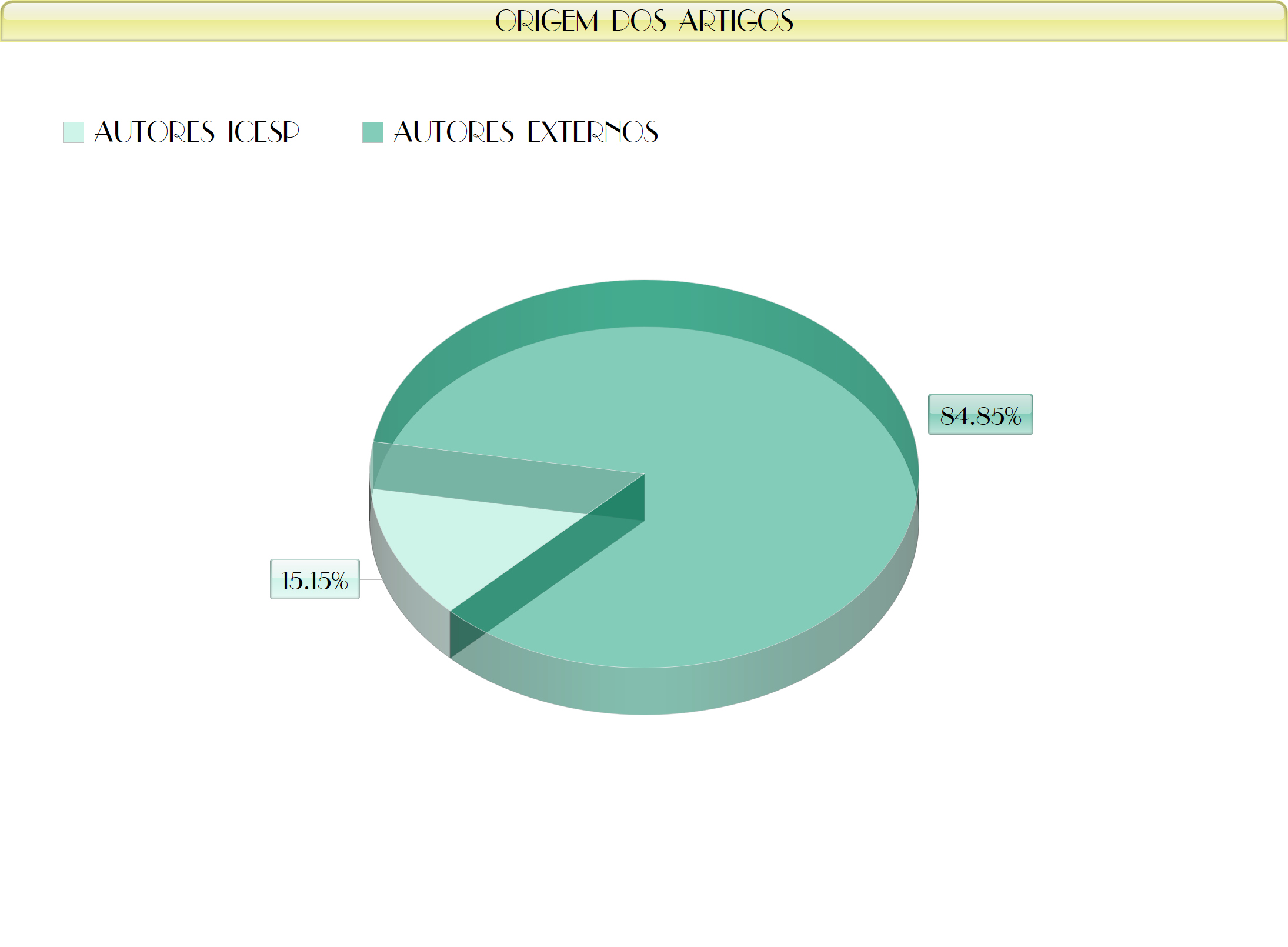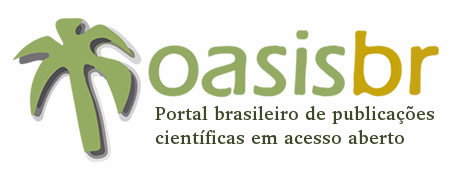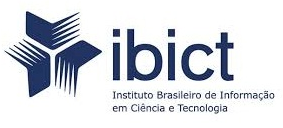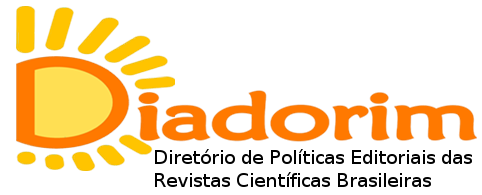Primeiro ano de pandemia COVID-19: o que se sabe sobre seus constructos fisiopatológicos
Resumo
A COVID-19 é causada pelo vírus SARS-CoV-2, que provocou uma situação emergente de saúde pública, dizimando milhões de pessoas e deixando outros problemas sociais. Esse estudo teve por objetivo apresentar os construtos fisiopatológicos no primeiro ano da pandemia. Trata-se de uma revisão narrativa da literatura, realizada a partir de pesquisas nas bases Biblioteca Virtual de Saúde, Periódicos Capes, PubMed, Cochrane com os descritores padronizados ‘Pathophysiology’ combinados por meio do operador booleano AND. Selecionaram-se artigos publicados no primeiro ano da pandemia de qualquer idioma e que tratassem desse tema. Os resultados dessa revisão constataram que a COVID-19 possuí três fases fisiopatológicas: inoculação; pneumonia; e hiperinflamação sistêmica. Cada fase define as manifestações clínicas e a evolução da doença, bem como, os exames a serem realizados. Apesar de inúmeros estudos, ainda há lacunas como a evolução rápida da infecção e as definições dos processos fisiopatológico e as sequelas dessa morbidade.
Palavras-chave
Referências
Guo G, Ye L, Pan K, Chen Y, Xing D, Yan K, et al. New Insights of Emerging SARS-CoV-2: Epidemiology, Etiology, Clinical Features, Clinical Treatment, and Prevention. Front Cell Dev Biol. 2020;8(May):1–22.
Garcia LP, Duarte E. Intervenções não farmacológicas para o enfrentamento à epidemia da COVID-19 no Brasil. Epidemiol e Serv saude Rev do Sist Unico Saude do Bras. 2020;29(2):e2020222.
OMS. Novel Coronavirus(2019-nCoV). Who. 2020;(January).
Bender JB, Hueston W, Osterholm M. Recent animal disease outbreaks and their impact on human populations. J Agromedicine. 2006;11(1):5–15.
Domingues L. Infodemia: uma ameaça à saúde pública global durante e após a pandemia de Covid-19. Rev Eletrônica Comun Informação e Inovação em Saúde. 2021;15(1):12–7.
Falcão P, Souza AB de. Pandemia de desinformação: as fake news no contexto da Covid-19 no Brasil. Rev Eletrônica Comun Informação e Inovação em Saúde. 2021;15(1):55–71.
OMS. COVID-19 Strategic Preparedness and Response Plan - OPERATIONAL PLANNING GUIDELINES TO SUPPORT COUNTRY PREPAREDNESS AND RESPONSE [Internet]. Vol. 13, Who. 2020. Available from: https://www.who.int/docs/default-source/coronaviruse/covid-19-sprp-unct-guidelines.pdf
Mota de Sousa LM, Furtado Firmino C, Alves Marques-Vieira CM, Silva Pedro Severino S, Castelão Figueira Carlos Pestana H. Revisões da literatura científica: tipos, métodos e aplicações em enfermagem. Rev Port Enferm Reabil. 2018;1(1):45–55.
Li Q, Guan X, Wu P, Wang X, Zhou L, Tong Y, et al. Early transmission dynamics in Wuhan, China, of novel coronavirus-infected pneumonia. N Engl J Med. 2020;382(13):1199–207.
Bhat TA, Kalathil SG, Bogner PN, Blount BC, Goniewicz ML, Thanavala YM. An animal model of inhaled Vitamin E acetate and Evali-like lung injury. N Engl J Med. 2020;382(12):1175–7.
OMS. Home care for patients with suspected novel coronavirus ( nCoV ) infection presenting with mild symptoms and management of contacts. Who. 2020;(January):4–6.
Carvajal ACC De, Parra AR, Silano MF. Nuevo coronavirus ( SARS-COV-2 ): una amenaza global. Med Interna (Bucur). 2020;36(1):3–15.
Wiersinga WJ, Rhodes A, Cheng AC, Peacock SJ, Prescott HC, Joost Wiersinga W. Pathophysiology, Transmission, Diagnosis, and Treatment ofCoronavirus Disease 2019 (COVID-19) AReview. JAMA [Internet]. 2020;324(8):782–93. Available from: https://jamanetwork.com/
Peng X, Xu X, Li Y, Cheng L, Zhou X, Ren B. Transmission routes of 2019-nCoV and controls in dental practice. Int J Oral Sci. 2020;12(1):1–6.
Shereen MA, Khan S, Kazmi A, Bashir N, Siddique R. COVID-19 infection: Emergence, transmission, and characteristics of human coronaviruses. J Adv Res [Internet]. 2020 Jul;24:91–8. Available from: https://linkinghub.elsevier.com/retrieve/pii/S2090123220300540
Parra-Izquierdo V, Florez-Sarmiento C, Romero-Sanchez MC. Inducción de “tormenta de citocinas” en pacientes infectados con SARS- CoV-2 y desarrollo de COVID-19. ¿Tiene el tracto gastrointestinal alguna relación en la gravedad? Rev Colomb Gastroenterol. 2020;35(Supl. 1):21–9.
Zhao J, Yuan Q, Wang H, Liu W, Liao X, Su Y, et al. Antibody Responses to SARS-CoV-2 in Patients with Novel Coronavirus Disease 2019. Clin Infect Dis. 2020;71(16):2027–34.
Yuki K, Fujiogi M, Koutsogiannaki S. COVID-19 pathophysiology : A review. Clin Immunol. 2020;215(April):1–8.
Market M, Angka L, Martel AB, Bastin D, Olanubi O, Tennakoon G, et al. Flattening the COVID-19 Curve With Natural Killer Cell Based Immunotherapies. Front Immunol. 2020;11(June):1–23.
Jain A, Doyle DJ. Stages or phenotypes? A critical look at COVID-19 pathophysiology. Intensive Care Med. 2020;46(7):1494–5.
Pérez A G, Cordero R C, Avendaño C LF. Otro Desafio De La Naturaleza: El Nuevo Coronavirus Virología Y Fisiopatología Del Sars-Cov-2. Neumol Pediátrica. 2020;15(2):301–7.
Xiao L, Sakagami H, Miwa N. ACE2: The key molecule for understanding the pathophysiology of severe and critical conditions of COVID-19: Demon or angel? Viruses. 2020;12(5):2002–3.
Steardo L, Zorec R, Verkhratsky A, Rocha VN, Xiao L, Sakagami H, et al. Otro Desafio De La Naturaleza: El Nuevo Coronavirus Virología Y Fisiopatología Del Sars-Cov-2. Front Med [Internet]. 2020;18(1):1–9. Available from: https://doi.org/10.1186/s12929-020-00703-5
Meftahi GH, Jangravi Z, Sahraei H, Bahari Z. The possible pathophysiology mechanism of cytokine storm in elderly adults with COVID-19 infection: the contribution of “inflame-aging.” Inflamm Res. 2020;69(9):825–39.
Ylikoski J, Markkanen M, Mäkitie A. Pathophysiology of the COVID-19–entry to the CNS through the nose. Acta Otolaryngol. 2020;140(10):886–9.
Kasal DA, Lorenzo A de, Tibiriçá E. COVID-19 and Microvascular Disease: Pathophysiology of SARS-CoV-2 Infection With Focus on the Renin-Angiotensin System. Hear Lung Circ. 2020;29(January):1–8.
Dhochak N, Singhal T, Kabra SK, Lodha R. Pathophysiology of COVID-19: Why Children Fare Better than Adults? Indian J Pediatr. 2020;87(7):537–46.
OMS. Multisystem inflammatory syndrome in children and adolescents temporally related to COVID-19: Scientific Brief 15 May 2020. Who [Internet]. 2020;10(May):1–9. Available from: https://www.who.int/news-room/commentaries/detail/multisystem-inflammatory-syndrome-in-children-and-adolescents-with-covid-19%0Ahttp://www.who.int/news-room/commentaries/detail/multisystem-inflammatory-syndrome-in-children-and-adolescents-with-covid-19.
Das SK. The Pathophysiology, Diagnosis and Treatment of Corona Virus Disease 2019 (COVID-19). Indian J Clin Biochem. 2020;35(4):385–96.
Huang C, Wang Y, Li X, Ren L, Zhao J, Hu Y, et al. Clinical features of patients infected with 2019 novel coronavirus in Wuhan, China. Lancet. 2020;395(10223):497–506.
Rodriguez-Morales AJ, Cardona-Ospina JA, Gutiérrez-Ocampo E, Villamizar-Peña R, Holguin-Rivera Y, Escalera-Antezana JP, et al. Clinical, laboratory and imaging features of COVID-19: A systematic review and meta-analysis. Travel Med Infect Dis. 2020;34(January).
Terceiro D, Vietto V. COVID-19 : Presentación clínica en adultos. EVIDENCIA. 2020;23:9–12.
Sepúlveda C V, Waissbluth A S, González G C. Anosmia y enfermedad por Coronavirus 2019 (COVID-19): ¿Qué debemos saber? Rev Otorrinolaringol y cirugía cabeza y cuello. 2020;80(2):247–58.
Tsatsakis A, Calina D, Falzone L, Petrakis D, Mitrut R, Siokas V, et al. SARS-CoV-2 pathophysiology and its clinical implications: An integrative overview of the pharmacotherapeutic management of COVID-19. Food Chem Toxicol. 2020;146(September):111769.
Poor HD, Ventetuolo CE, Tolbert T, Chun G, Serrao G, Zeidman A, et al. COVID‐19 critical illness pathophysiology driven by diffuse pulmonary thrombi and pulmonary endothelial dysfunction responsive to thrombolysis. Clin Transl Med. 2020;10(2):3–7.
Shrestha GS, Khanal S, Sharma S, Nepal G. COVID-19: Current Understanding of Pathophysiology. J Nepal Health Res Counc. 2020;18(3):351–9.
Violetis OA, Chasouraki AM, Giannou AM, Baraboutis IG. COVID-19 Infection and Haematological Involvement: a Review of Epidemiology, Pathophysiology and Prognosis of Full Blood Count Findings. SN Compr Clin Med. 2020;2(8):1089–93.
Xing Y, Wang H, Yao XH, Li Y, Huang JT, Tang J, et al. Analysis of factors for disease progression in 61 patients with COVID-19 in Xiaogan, Hubei, China. Eur Rev Med Pharmacol Sci. 2020;24(23):12490–9.
Abou-Ismail MY, Diamond A, Kapoor S, Arafah Y, Nayak L. The hypercoagulable state in COVID-19: Incidence, pathophysiology, and management. Thromb Res. 2020;194(May):101–15.
Grasselli G, Tonetti T, Protti A, Langer T, Girardis M, Bellani G, et al. Pathophysiology of COVID-19-associated acute respiratory distress syndrome: a multicentre prospective observational study. Lancet Respir Med. 2020;8(12):1201–8.
Barros BCS, Maia AB, Marques MA, Prette-Junior PR, Fiorelli SKA, Cerqueira FDC. The role of angiology and vascular surgery in the covid-19 pandemic. Rev Col Bras Cir. 2020;47(1):1–9.
Piazza G, Marrow DA. Diagnosis, Management, and Pathophysiology of Arterial and Venous Thrombosis in COVID-19. Clin Rev e Educ. 2020;18(8):1859–65.
Tu TM, Goh C, Tan YK, Leow AS, Pang YZ, Chien J, et al. Cerebral Venous Thrombosis in Patients with COVID-19 Infection: a Case Series and Systematic Review. J Stroke Cerebrovasc Dis. 2020;29(12):1–9.
Siripanthong B, Nazarian S, Muser D, Deo R, Santangeli P, Khanji MY, et al. Recognizing COVID-19–related myocarditis: The possible pathophysiology and proposed guideline for diagnosis and management. Hear Rhythm. 2020;17(9):1463–71.
Petrovic V, Radenkovic D, Radenkovic G, Djordjevic V, Banach M. Pathophysiology of Cardiovascular Complications in COVID-19. Front Physiol. 2020;11(October):1–11.
Sabioni L, De Lorenzo A, Lamas C, Muccillo F, Castro-Faria-Neto HC, Estato V, et al. Systemic microvascular endothelial dysfunction and disease severity in COVID-19 patients: Evaluation by laser Doppler perfusion monitoring and cytokine/chemokine analysis. Microvasc Res [Internet]. 2021;134(November 2020):104119. Available from: https://doi.org/10.1016/j.mvr.2020.104119
Asgharpour M, Zare E, Mubarak M, Alirezaei A. COVID-19 and Kidney Disease: Update on epidemiology, clinical manifestations, pathophysiology and management. J Coll Physicians Surg Pakistan. 2020;30(1):S19–25.
Ahmadian E, Hosseiniyan Khatibi SM, Razi Soofiyani S, Abediazar S, Shoja MM, Ardalan M, et al. Covid-19 and kidney injury: Pathophysiology and molecular mechanisms. Rev Med Virol. 2020;(September):1–13.
Ng JH, Bijol V, Sparks MA, Sise ME, Izzedine H, Jhaveri KD. Pathophysiology and Pathology of Acute Kidney Injury in Patients With COVID-19. Adv Chronic Kidney Dis. 2020;27(5):365–76.
Steardo L, Steardo L, Zorec R, Verkhratsky A. Neuroinfection may contribute to pathophysiology and clinical manifestations of COVID-19. Acta Physiol. 2020;229(3):10–3.
Abboud H, Abboud FZ, Kharbouch H, Arkha Y, El Abbadi N, El Ouahabi A. COVID-19 and SARS-Cov-2 Infection: Pathophysiology and Clinical Effects on the Nervous System. World Neurosurg. 2020 Aug;140(1):49–53.
Yu H, Sun T, Feng J. Complications and Pathophysiology of COVID-19 in the Nervous System. Front Neurol. 2020;11(December):1–8.
Parasher A. COVID-19: Current understanding of its pathophysiology, clinical presentation and treatment. Postgrad Med J. 2020;1(1):1–9.
Rafiee F, Keshavarz P, Katal S, Assadi M, Nejati SF, Ebrahimian Sadabad F, et al. Coronavirus Disease 2019 (COVID-19) in Molecular Imaging: A Systematic Review of Incidental Detection of SARS-CoV-2 Pneumonia on PET Studies. Semin Nucl Med. 2021;51(2):178–91.
Liu Z, Ding L, Chen G, Zhao C, Luo X, Li X, et al. Clinical Time Features and Chest Imaging of 85 Patients With COVID-19 in Zhuhai, China. Front Med. 2020;7(February):1–10.
Singh SP, Pritam M, Pandey B, Yadav TP. Microstructure, pathophysiology, and potential therapeutics of COVID-19: A comprehensive review. J Med Virol. 2020;93(1):275–99.
Levett JY, Raparelli V, Mardigyan V, Eisenberg MJ. Cardiovascular Pathophysiology, Epidemiology, and Treatment Considerations of Coronavirus Disease 2019 (COVID-19): A Review. CJC Open. 2020;3(1):28–40.
Apontamentos
- Não há apontamentos.
Revista Brasileira de Pesquisa em Ciências da Saúde - RBPeCS - ISSN: 2446-5577
Indexadores:













